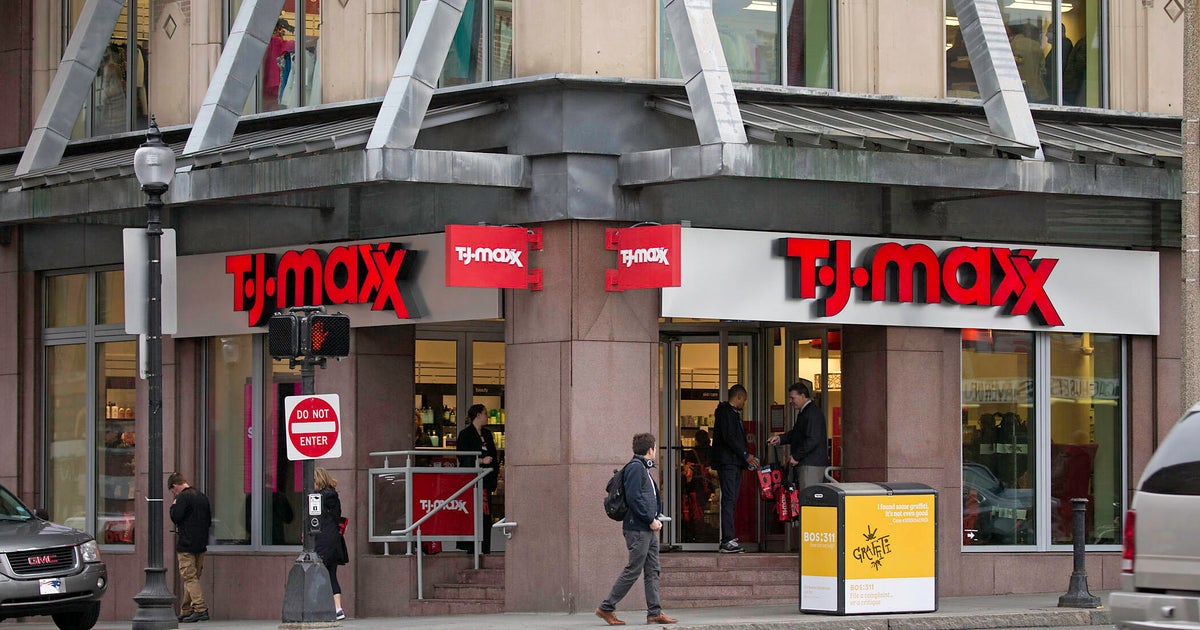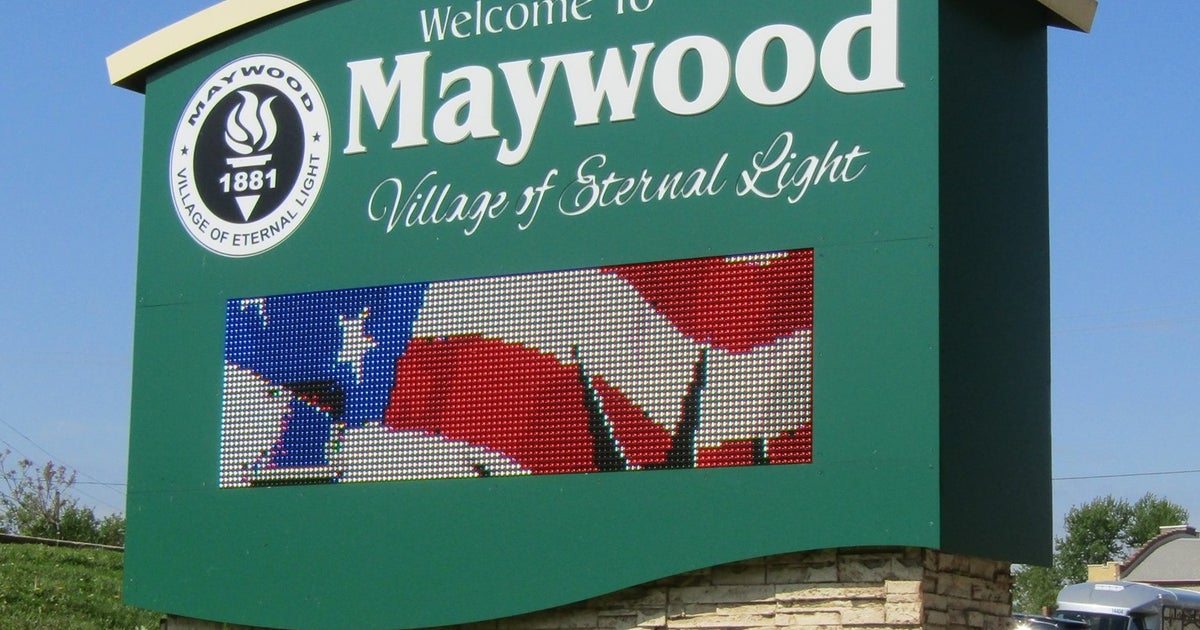How Are Store Brands Different From Name Brands?
MINNEAPOLIS (WCCO) -- Inside the test kitchen at UNFI in Hopkins, product developers, food scientists and chemical engineers spend part of their days eating fried potatoes or dropping blue-tinted water onto paper towels. They test a wide variety of foods, household supplies, medications or more to ensure the quality of their 18 brands is equal to or better than national name brands.
"What I like to say is equal liking," said Adam Sinley, director of product development, quality assurance, and regulatory for Brands+ at UNFI. "We want it to be as equally delicious as any of the brands you taste."
UNFI doesn't manufacture the foods themselves, but develops the products for stores to use as their store brands. Wild Harvest and Everyday Essentials are two of the biggest brands that can be found in stores like Cub Foods or Jerry's.
For the past 18 of 21 years, store brands have outgrown national brands, according to marketing expert Jim Wisner. He says, on average, about 20% of what retailers sell are now store brands. He says brands have evolved significantly since first being introduced as "generics" in the 1950s.
"Price sensitivity helps – that is a driving factor," Wisner said. "But, it's not the most significant factor. Now, store brands can better meet the needs across the entire store."
UNFI creates "national-brand equivalent" brands that are meant to mimic national brands. It also creates more premium products, like organic or plant-based products.
"We try to service different customers out there," said Sinley. "We realize not everyone is the same, not everyone is motivated by the same things."
Store brands – even in the more premium category – are generally less expensive to the consumer than name brands. UNFI says it can do that by keeping costs down.
"We don't have national TV budgets, national marketing funds to support the brands," said Bekah Swan, UNFI president of Brands+. "We also have a very small team."
Swan said, on average, store brand paper towels are between 25-40% less expensive, depending on where the retailer sets the price. She said pasta and laundry detergent might cost 15-20% less and the biggest savings would come with store brand medications at 45-50% less than the national brands.
Retail expert Todd Maute, a partner at CBX, said the perception that the quality of store brands is lower has changed.
"When store brands started, that was true," Maute said. "And then retailers realized that if they invest in private brands, research shows consumers will become more loyal to the store."
Maute points to the success of Trader Joe's, where 95% of what it sells is store brand.







